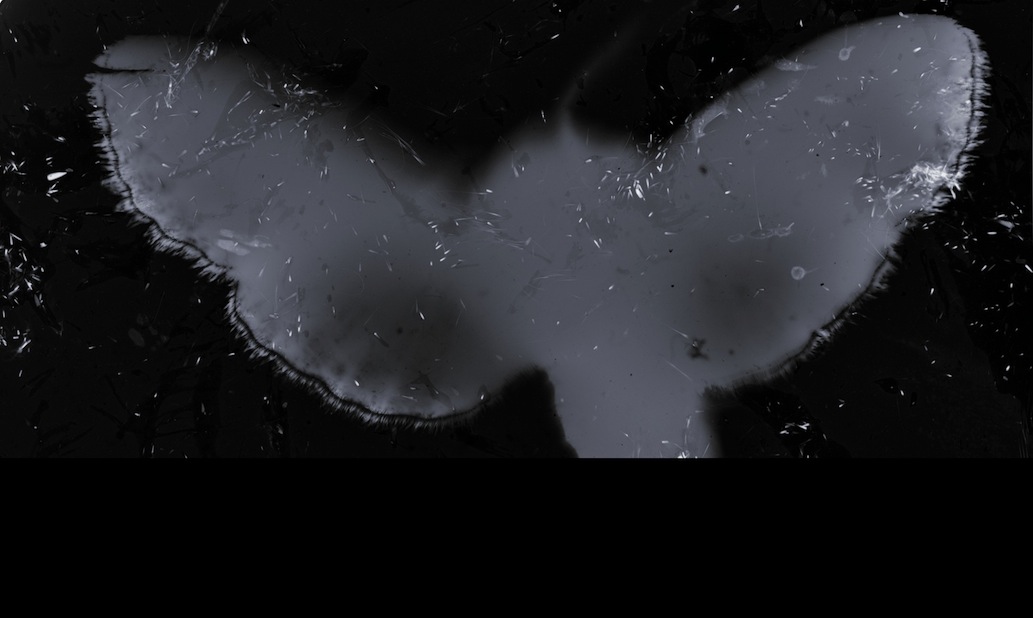Minds in the Cave: Insects as Metaphors for Place and Loss
DOI:
https://doi.org/10.60162/swamphen.3.10602Keywords:
Bioregionalism, ecopoetics, ecological artAbstract
The practice-led PhD art research project 'Gathering Shadows' investigates the visual poetics of a speculative ‘ecological gaze’ at a time of ecological crisis. The project considers two environments but avers from the distancing objectification characteristic of lens-based capture and the tired genre of ‘landscape’. Instead, it proposes a symbolic order in which imagery of native invertebrates are presented as indices of the generic non-human 'Other'. This is conveyed with reflections on deep time, ecological sited-ness, ecological continuities and, most importantly, ecological disruption. Employing a unique analogic plein air technique for recording diminutive live subjects without a camera, the research pivots upon a trio of ecomimetic cues: first, its deeply indexical processes reveal an insect umwelten of uncanny intimacy and semiotic presence. Second, it is a process in which images tend to be facilitated not predetermined, where results are partially outcomes of chance-driven, counter-anthropocentric interactions between artist and environment. Third, rather than evoke traditional use of chiaroscuro the artworks present an inverted world of x-ray-like shadows—an oblique and somber metaphor appropriate to the 'dark' ecological conditions the project confronts. The project responds to two sites: semi-arid Lake Tyrrell in the Victorian Mallee, and the sub-alpine plateau of Mount Buffalo. Lake Tyrrell once informed a sacred reciprocity of sky with country in indigenous culture. The loss of this reciprocity is memorialised by using raw starlight falling on the lakebed to contact-print fresh photographic films with the imagery of relics of insect fauna gathered from the lakeshore. In the Australian Alps (the subject of this paper) the project focuses on the keystone species Bogong Moth Agrotis Infusa. These iconic invertebrates, and the imminent decline of their ecosystem due to climate change, inform the exquisitely detailed digital enlargements derived from cameraless images of swarming moths gathered from a summit cave.
Downloads
Published
Issue
Section
License
Authors who publish with this journal agree to the following terms:- Authors retain copyright and grant the journal right of first publication with the work simultaneously licensed under a Creative Commons Attribution License that allows others to share the work with an acknowledgement of the work's authorship and initial publication in this journal.
- Authors are able to enter into separate, additional contractual arrangements for the non-exclusive distribution of the journal's published version of the work (e.g., post it to an institutional repository or publish it in a book), with an acknowledgement of its initial publication in this journal.
- Authors are permitted and encouraged to post their work online (e.g., in institutional repositories or on their website) prior to and during the submission process, as it can lead to productive exchanges, as well as earlier and greater citation of published work (See The Effect of Open Access).

